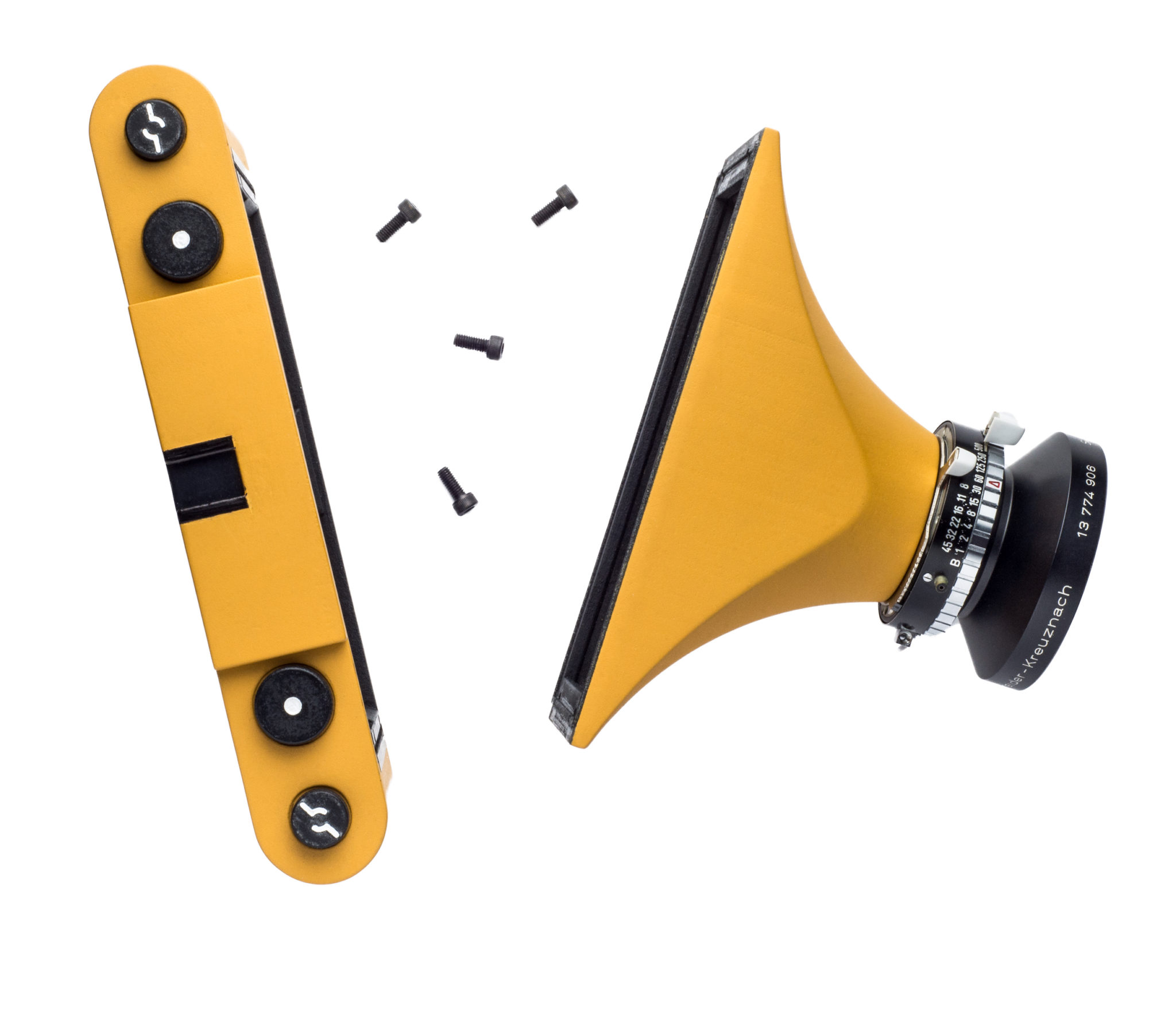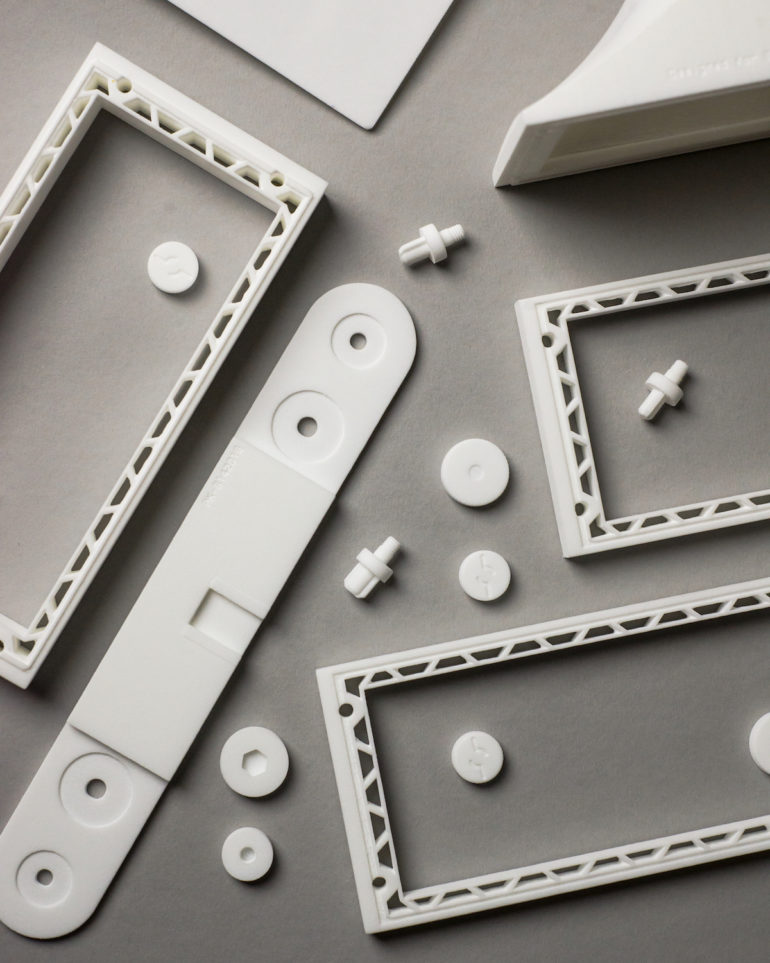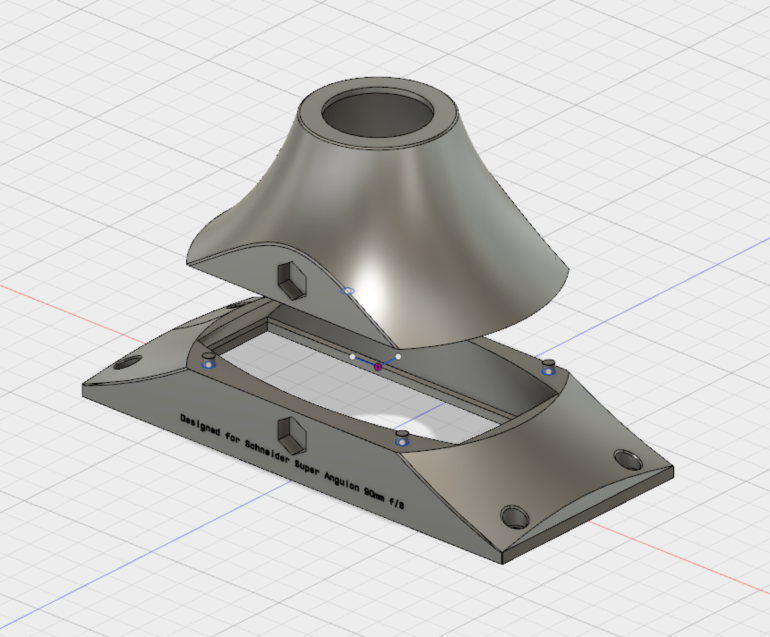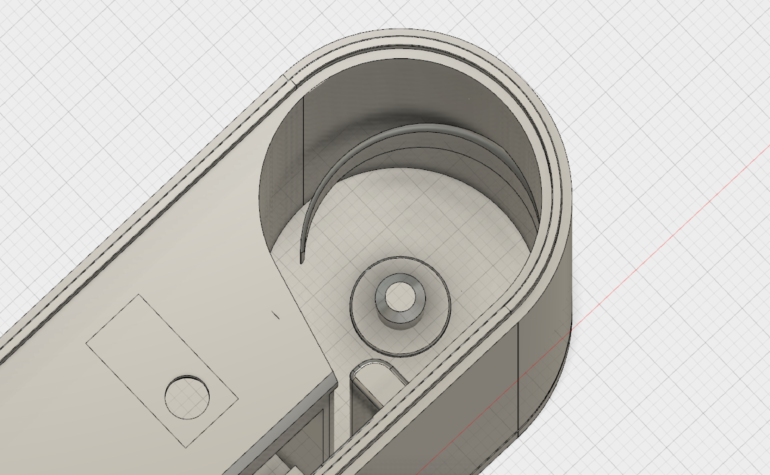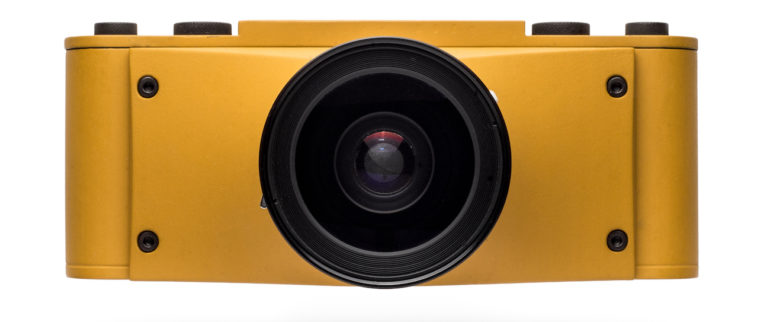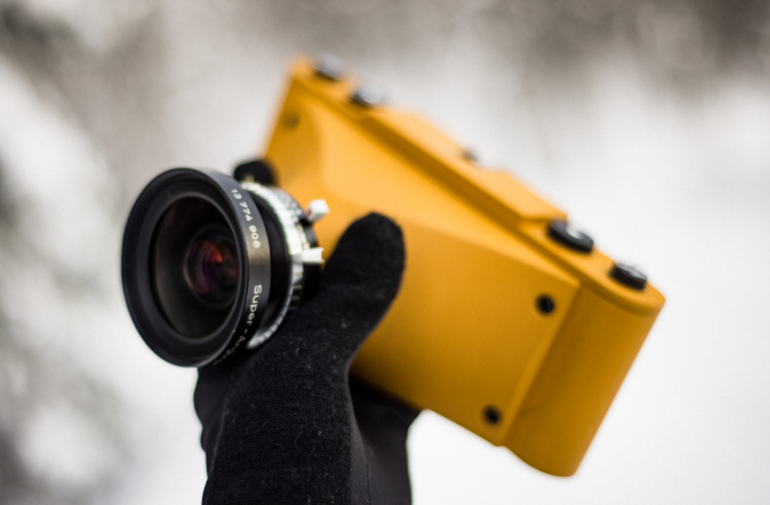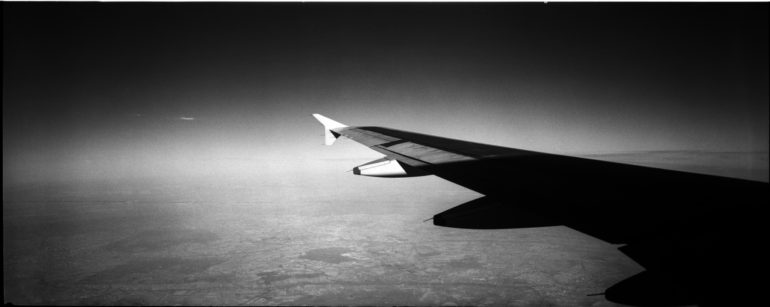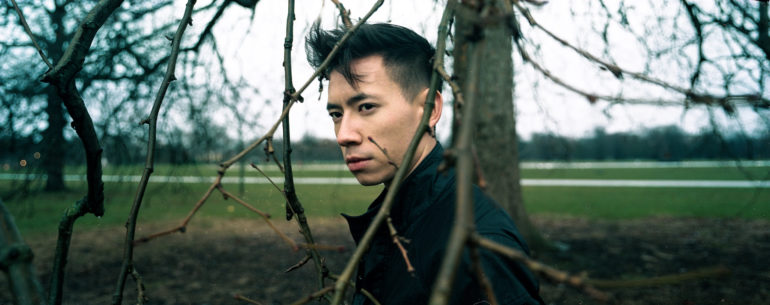Last Updated on 05/26/2017 by Chris Gampat
All images by Paul Kohlhausen. Used with permission.
“You’re spot on, it’s essentially just a really precisely engineered box.” says photographer Paul Kohlhausen who built a very special medium format camera using 3D printed materials. “…Knowing that the image doesn’t just consist of 1’s and 0’s lends it a depth and artistic quality that’s difficult to put into words.” Paul has loved analog film and photography for a really long time; but beyond just being technical about photos, he’s very technical when it comes to design. So much so that he designed his own special medium format camera that shoots 6×14 images using a large format camera lens.
The results: Very impressive!
For more of Paul’s work I STRONGLY encourage you to check out his Instagram, his analog Instagram, and his website.
Phoblographer: Talk to us about how you got into photography.
Paul: When I was a kid I played with whatever cameras we had lying around the house, mainly just because I was into the mechanical gadgetry of them. By the time I took a photography & darkroom class in high school I was quite acquainted with the basic workings of a camera, after which it became a growing obsession. Two friends and I starting really geeking out over digital photography in 11th grade, to the point at which visiting the Photokina was considered a highlight of our year. At the same time I worked at a big photography equipment store where I was able to get my hands on some equipment that would otherwise have been completely inaccessible, so that further taught me a lot of the technical aspects.
In order to graduate high school we needed to accumulate a certain amount of community and service points, so I started an analog photography club to teach my friends and younger students how to shoot and develop black and white prints. Two years into university I decided to take things a bit more seriously and made a website to exhibit my work, in addition to buying a Mamiya RB67 to venture into the realm of medium format. Since then I’ve just been shooting more and more, both digitally and analog.
Phoblographer: What made you want to get into analog film photography?
Paul: I’ve continuously shot digital over the past years, but having initially learned the process on film back in high school gave me an appreciation for the way it makes one approach photography in a slower and more deliberate manner. Digital photography doesn’t have the same tangible allure to it as film does – investing more time and technique into creating physical negatives makes this type of photography feel more significant, despite the limitations it has compared to digital.
Knowing that the image doesn’t just consist of 1’s and 0’s lends it a depth and artistic quality that’s difficult to put into words. I was also really attracted to the image quality of medium format, no digital sensor can compete with the image area of a 6×6 or 6×7 frame. Overall, the more thought-out process of analog photography has had a tremendous positive impact on how I shoot digitally.
Phoblographer: Tell us about this camera, it seems like a film advance, lens with shutter and aperture, and a 3D printed body. Overall it seems pretty simple, am I correct or missing something?
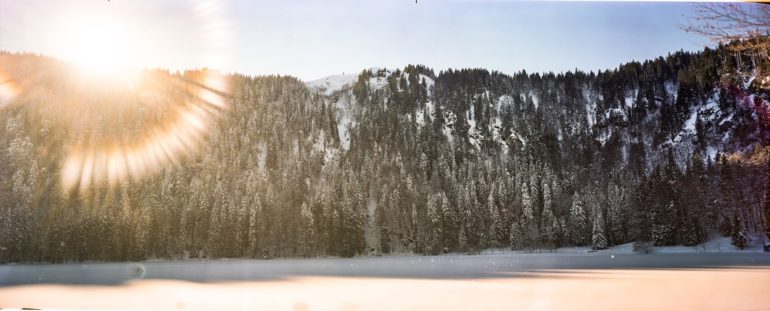
Paul: You’re spot on, it’s essentially just a really precisely engineered box. I had no means of creating the optics for it, so I bought an old Schneider Kreuznach 90mm Super Angulon meant for 4×5 cameras and designed the body around the properties of that lens. It was a trade-off between making a camera that was easy to shoot with and staying within the realm of what was possible to accomplish in a 4 month time period as a first-time 3D modeler. It doesn’t even have a proper focusing mechanism, it’s set to infinity by default and you need to insert spacer brackets to draw the focal plane closer. I designed it to be modular, so that the 6×14 film back can be combined with different lens bellows and focus spacers.
Being a Leica fanboy I mimicked the way the film is loaded by removing the bottom plate (or top plate in this case), which also solved some issues of designing overly complex moving parts and potential light leaks. 3D printing it was the only way I could ensure that the measurements would be accurate enough to do this amazing lens justice. The next steps are to print a viewfinder and figure out how best to add a dark slide.
Phoblographer: What made you want to create it? Any plans on mass producing one?
Paul: I really wanted to try shooting larger negatives than standard medium format. At the same time I wanted to avoid the hassle of using 4×5 or 8×10 sheet film, which made me look into shooting panoramic frames on 120mm film. I also wanted to finally give 3D printing a shot, seeing that at the time I was putting together a portfolio for my applications to architecture and design degrees. I’ve actually had a couple people say I should mass produce this camera, to which I responded with something along the line of “Sure, invest in my R&D to make this project market-worthy and I’ll send you one from the first batch!”
I’m still playing with the idea of putting this project on Kickstarter, the only real hinderance is sourcing enough Schneider Super Angulons, seeing that they went out of production back in 2003. For now the 3D files can be downloaded from my website, although they definitely still need significant tweaking to work straight out of the virtual box.
Phoblographer: Ever thought about making it in different formats or using different lenses of any sort?
Paul: The initial idea for this was actually to use 4×5 sheet film (along the lines of the Wanderlust Travelwide), seeing that that’s what this lens is designed for. That might be the next venture, although the larger size also calls for a bigger 3D printing budget. I would love to try using different lenses for this camera, particularly something obscenely wide like a 65mm. This whole concept could of course also be downscaled to accommodate 35mm film, basically as a DIY Hasselblad XPan.


